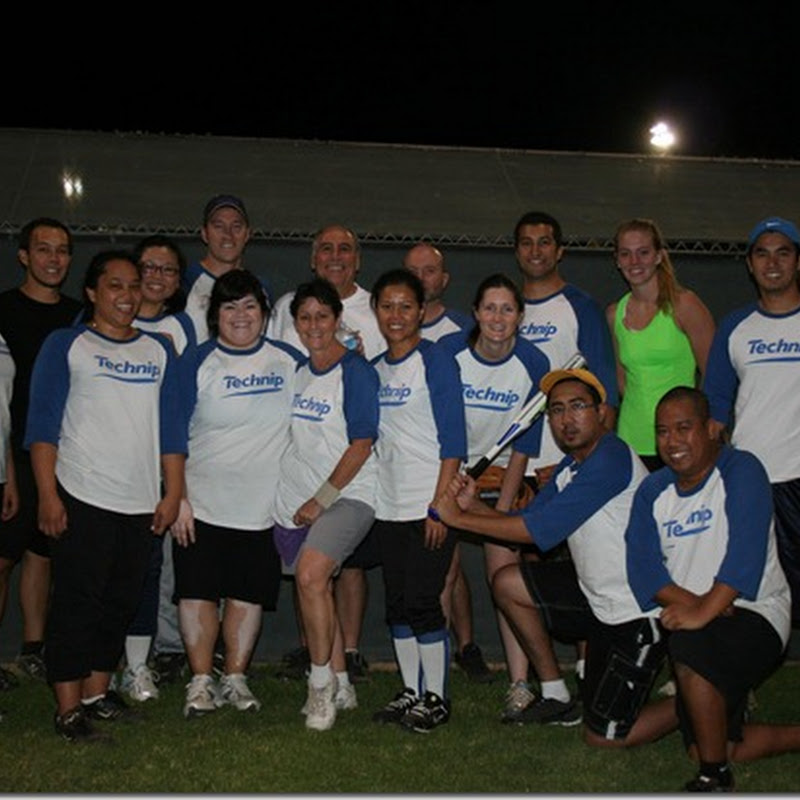The company began as Fender's Radio Service in late 1938 in Fullerton, California, USA. As a qualified electronics technician, Clarence Leonidas 'Leo' Fender (owner) had been asked to repair not only radios, but phonograph players, home audio amplifiers, public address systems and musical instrument amplifiers. The business also sidelined in carrying records for sale and the rental of self-designed-and-built PA systems. Mr. Fender became intrigued by design flaws in current musical instrument amplifiers, and he began custom-building a few amplifiers based on his own designs or modifications to designs.
By the early 40's, he had partnered with another local electronics enthusiast named Clayton Orr 'Doc' Kauffman, and together they formed a company named K & F Manufacturing Corp. to design, manufacture and sell electric instruments and amplifiers. Production began in 1945 with Hawaiian lap steel guitars (incorporating a patented pickup) and amplifiers. By the end of the year, Mr. Fender had become convinced that manufacturing was more profitable than repair, and he decided to concentrate on that business. However, Kauffman remained unconvinced, and they had amicably parted ways in 1946. At that point Mr. Fender renamed the company to Fender Electric Instrument Company.
The first big series of amplifiers were built in 1948. These were known as tweed amps, because they were covered in the same kind of cloth used for luggage at the time. These amps varied in output from 3watts to 75watts. This period was one of innovation and changes for all amplifiers at that time.
An early Fender tweed amplifier, dated in the 50's, with some of its 'amplifier logos'.
In 1949, the first Fender solid-body Spanish-style electric guitar, the 'Esquire' lasted (in name only) from June to October 1950. This model name was replaced by the 'Broadcaster', which lasted (in name only) from October 1950 to January 1951. The reason Fender change the 'Esquire' name was to introduced a two-pickup version, originally 'Esquire' only have one pickup at the bridge, while the 'Broadcaster' change its name because The Gretsch Company at the time marketed a drum set under the 'Broadkaster' name, and at their request Fender renamed it to 'Telecaster' or simply 'Tele'.
Telecaster family trees; far left - white guitar - is the Esquire guitar version, (notice it only had one pickup at the bridge), next to it - classic cream colour - is the Broadcaster guitar version (this model introduced two pickups; bridge and neck). Red colour guitar - is the standard Telecaster guitar. And far right - sunburst colour - is the Telecaster Thinline (introduced by German luthier Roger Rossmeisl in 1968) extra feature of the Thinline was the f-hole and the reshaped pickguard. All 'Broadcasters' model have truss rods, where many 'Esquires' often have no truss rod.
The first mass-produced electric bass was the 'Precision Bass' or P Bass; and the popular 'Stratocaster' or Strat guitar, soon after. While Fender was not the first to manufacture electric guitars, as other companies and luthiers had produced electric guitars since the late 1920's, none was as commercially successful as Fender's. Furthermore, while nearly all other electric guitars then were either hollow-body guitars. Fender had created versatile solid-body electric guitars. These guitars were and still are popular for musicians in a variety of genres.
In early 1965, Mr. Fender sold his companies to the Columbia Broadcasting System (CBS) for 13 million. CBS entered the musical instruments field by acquiring the Fender companies. The sale was taken as a positive development, considering CBS's ability to bring in money and personnel who acquired a large inventory of Fender parts and unassembled guitars that were assembled and put to market. However, the sale also led to a reduction of the quality of Fender's guitars while under the management of 'cost-cutting' CBS.
Several cosmetic changes occurred after 1965, such as a larger headstock shape on certain guitars. These cosmetic changes were followed by a new "tailless" Fender amp decal and a sparkling orange grillcloth on certain amplifiers in the mid 70's. However, for guitars, in the early 70's the usual four-bolt neck joint was changed to one using only three bolts, and a second string tree for the two middle (G and D) strings was added in late 1971. These changes were said to have been made to save money: While it suited the new 'improved' micro-tilt adjustment of the neck, the 'Bullet' truss-rod system, and a 5-way pickup selector on most models, it also resulted in a greater propensity toward mechanical failure of the guitars.
Another family of Fender guitars; Fender Jaguar, Fender Jazzmaster (have the same body design as Jaguar, with extra switches), Fender Mustang, Fender Jag-Stang (guitar design for Kurt Cobain "Nirvana")
During the CBS era, the company did introduce some new instrument and amplifier designs. The Fender 'Starcaster' was particularly unusual because of its semi-hollow body design, still retaining the Fender bolt-on neck, and a completely different headstock. The 'Starcaster' also incorporated a new humbucking pickup (P90). This pickup also gave rise to 3 new incarnations of the classic Telecaster. The CBS-era instruments are generally much less coveted or collectable than the pre-CBS models created by Leo Fender prior to selling the Fender companies to CBS in 1965. After selling the Fender company, Leo Fender founded Music Man in 1975, and later founded the G&L Musical Instruments company, which manufactures electric guitars and basses based on his later designs.
The company also makes and distributes acoustic guitars, mandolins, banjos, violins and PA equipments. Other Fender brands include Squier (entry level/budget), Guild (acoustic, electric guitars and amplifiers), SWR (bass amplification), Passport Tacoma, Jackson guitars, Charvel guitars, Gretsch guitars and collaborated with Eddie Van Halen to make the EVH guitars and amplifiers.
More about Fender Musical Instruments; check out their official website: http://www.fender.com/













No comments:
Post a Comment